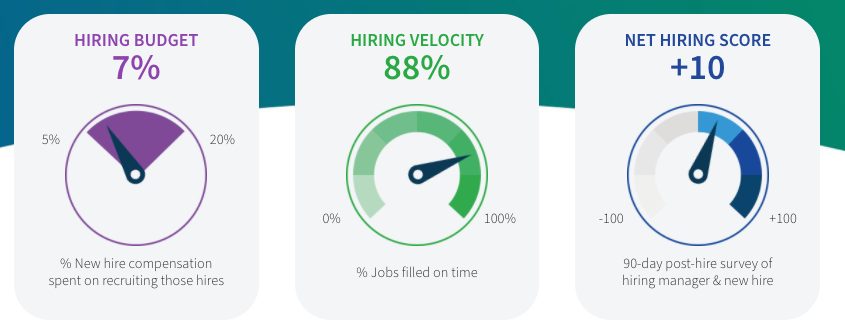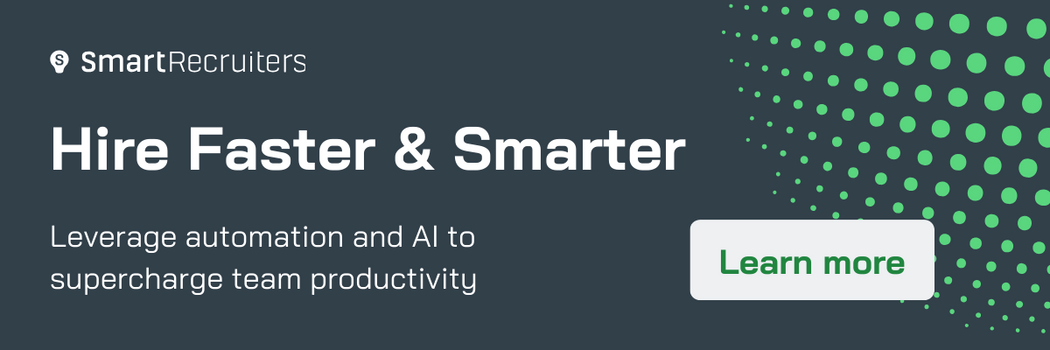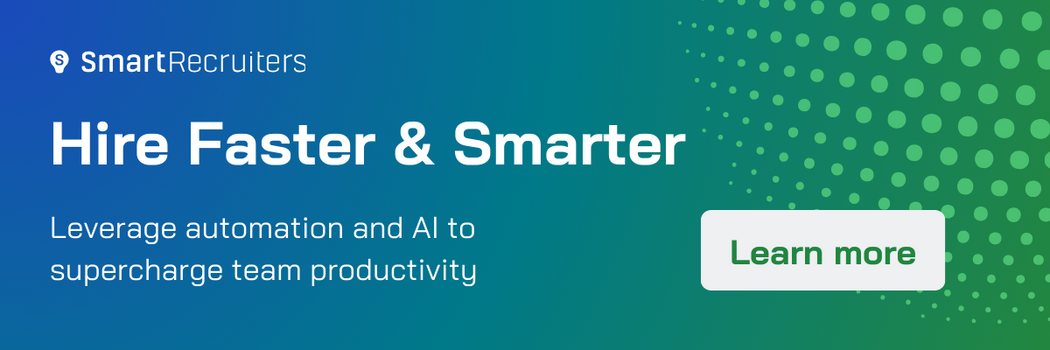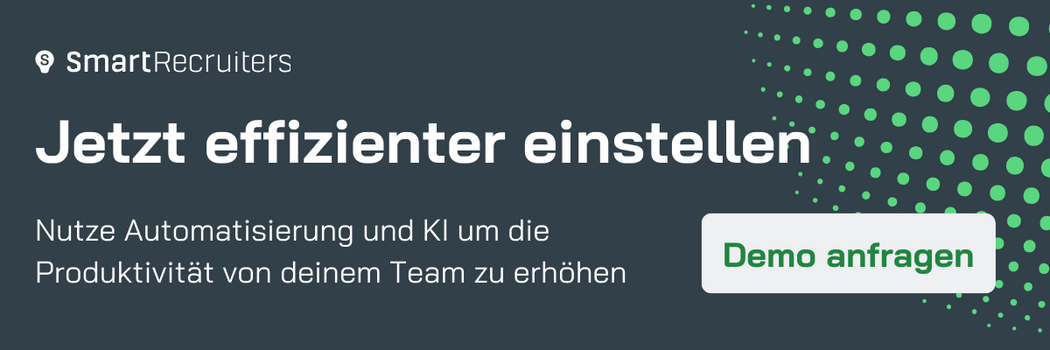Looking to hire top talent at scale? With the right tactics and technology in place, the process can be streamlined without compromising quality.
High-volume recruiting refers to the process of hiring large numbers of candidates in a short amount of time. The job of a high-volume recruiter, in other words, is to identify high-quality candidates and connect them to the right jobs at scale.
Whether in-house or outsourced, high-volume recruiters must find and evaluate numerous candidates for several jobs on a daily basis. A placement goal of 5-7 candidates per day—all of which must be identified, interviewed, evaluated, and moved through the hiring process—is not uncommon among high-volume recruiters. To stay on task and deliver consistent results, it’s important to have a well-defined process and to lean on the right tools.
Tips to Get You Started
Effective high volume recruiting starts with doing your homework. Recruiters have to be researchers. With high-volume recruiting, conventional methods like job boards will not yield the quantity of quality candidates you’re looking for.
Unemployment websites, industry-specific job boards, and college outreach pages are all good areas to expand your search. But effective research also requires knowing what you’re looking for, a nuanced understanding of the geographic regions you should target, and intelligence on your competitors recruiting methods.

It’s also important to rely on employee referrals. By leveraging referrals to source candidates, you can easily widen and diversify your talent pool with little additional effort.
Fast-tracking vetted candidates boosts hiring velocity by eliminating the need for several steps in the recruitment process, including job description writing, ad posting, resume collection, and candidate screening.
Additionally, alignment between recruiters and hiring managers, an emphasis on crafting job descriptions that speak to the quality of candidate you’re looking for, and connecting with desirable candidates ASAP are all important elements of high volume recruiting success.
Use Automation to Scale Hiring
To maximize efficiency in high volume hiring, recruiters should look to AI recruiting tools. For example, SmartAssistant, which is the industry’s first and only native AI-powered recruiting service.
Designed with a focus on candidate screening, sourcing, and matching, SmartAssistant allows recruiters and hiring managers to automatically evaluate job applicants with a match score, surface candidates from internal databases for open positions, and automate job alerts to candidates for opportunities that align with their skills and experience.

SmartAssistant, and several other features of our talent acquisition suite, enable over 4,000 companies to automate myriad workflow steps, thus freeing recruiters to focus on finding the best candidates and hiring them in as timely a fashion possible.
Another must-have tool is our programmatic job advertising and optimization platform SmartJobs, which automates job distribution. With SmartJobs, recruiters can select the specific sources and parameters for the candidates they seek and let the software do the rest, posting their open positions and desired qualifications across multiple platforms.
In addition to unburdening recruiters of tedious, repetitive tasks, automated job distribution also yields greater return on ad spending.
Use the Right Metrics to Track Performance
When employing software for high-volume recruiting, it is also important to track performance metrics to ensure that you’re spending your marketing dollars efficiently. Relying solely on cost-per-hire is an antiquated strategy that ignores the difficulty of hiring for more niche roles, as well as the necessity of spending more to acquire top-tier talent.
Using a hiring scorecard will give you superior analytics. To create a scorecard, first measure your net hiring score by surveying both the hiring manager and the hire themselves about how they feel the new hire fits.

Subtract the percentage of negative responses from the percentage of positive responses and the delta is your net hiring score. Then take your hiring budget expressed as a percentage of total payroll, and your hiring velocity expressed as the percentage of jobs filled on time.
Doing what you can to toggle these three metrics based on your needs can lead to greater high-volume recruiting success. If your hiring budget percentage is low and your hiring velocity is high, but your net hiring score is negative, you may need to slow down your hiring and devote resources to reexamining your hiring criteria.
In this case, you may also want to increase your budget to more narrowly and effectively target potential candidates. This is especially true where a position requires specific knowledge and/or skills.
CVS: A Case Study in High-Volume Recruiting Success
CVS is a high-volume recruiting success story. In March of 2020, they set out a goal to hire 50,000 new employees, an increase of their workforce by 25%. Two months into the hiring push, “the company has received more than 1.3 million applications and has more than 60,000 candidates hired or in the hiring process.
In a normal month that last number would be closer to 10,000, according to a CVS Health spokesperson, indicating that the recruiting function was almost six times more productive than it is normally.”

By pivoting to an entirely virtual hiring process during the COVID-19 pandemic, they were able not only to hire with incredible velocity, but to also ensure that their new hires’ skillsets matched their new positions. One clever strategy of theirs was to reach out to partner companies who had recently furloughed workers.
Those companies had an intimate knowledge of their employees’ competencies, which allowed CVS to quickly place people where their abilities made the most sense. They increased both velocity and net hiring score simultaneously. Further, they conducted virtual interviews and virtual tryouts, allowing them to evaluate and hire new employees within as little as a single day.
While not all companies or industries have the infrastructure and partnerships of CVS, borrowing their best strategies can save any company time, money and frustration in the hiring process. Use a hiring scorecard to evaluate the effectiveness of your hiring process and adjust accordingly.
Conclusion
High volume recruiting presents a unique challenge to organizations–how to significantly increase the number of hires while also not compromising the quality of candidates. Despite this challenge, by doing your research ahead of time, leveraging the resources at your disposal, and incorporating cutting-edge tech, and tracking performance through the right metrics, you can consistently achieve your hiring goals and master the art of high volume recruiting.
Want to learn more about the ways in which SmartAssistant and SmartJobs can help your company streamline high volume recruiting? Then let‘s talk!
















